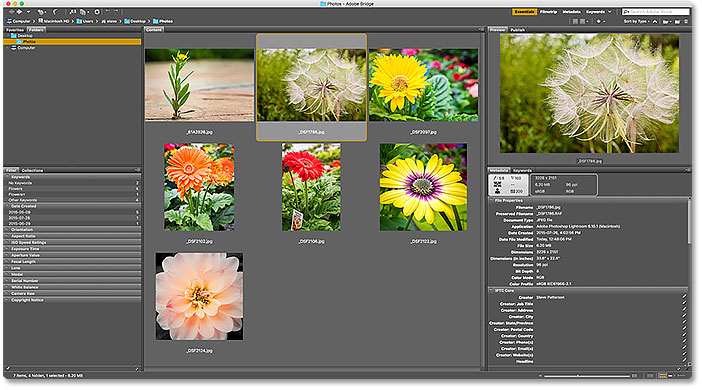
Introduction:
Adobe Photoshop stands as the pinnacle of image editing software, offering users a vast array of tools and features to bring their creative vision to life. However, navigating Photoshop efficiently requires mastering not only the editing tools but also the fundamentals of managing images within the software. One essential aspect of image management is knowing how to close images effectively, ensuring a clutter-free workspace and streamlined workflow. In this extensive guide, we embark on a journey to explore the intricacies of closing images in Photoshop, equipping users with the knowledge and techniques to optimize their workflow and enhance productivity.
Understanding the Importance of Closing Images:
Before delving into the process of closing images in Photoshop, it’s essential to understand why this task is crucial for efficient image management. Closing images helps to declutter the workspace, freeing up system resources and reducing visual distractions. By closing unnecessary images, users can focus on the task at hand, navigate between open documents more easily, and maintain an organized workflow. Additionally, closing images can prevent accidental changes or edits to files that are no longer needed, helping to preserve the integrity of the original files.
Methods for Closing Images in Photoshop:
Adobe Photoshop offers multiple methods for closing images, catering to different preferences and workflows. Let’s explore some of the key methods for closing images in Photoshop:
- Using the File Menu:
- The most straightforward method for closing an image in Photoshop is through the File menu.
- To close the active image, navigate to the “File” menu at the top of the Photoshop interface and select “Close” or “Close <filename>” from the dropdown menu.
- Alternatively, use the keyboard shortcut “Ctrl + W” (Windows) or “Cmd + W” (Mac) to close the active image quickly.
- Using the Document Tab:
- Photoshop displays open images as tabs at the top of the workspace, making it easy to navigate between documents.
- To close an image using the document tab, simply right-click on the tab representing the image you want to close and select “Close” from the context menu.
- Using the Close Button:
- Each document tab in Photoshop features a close button (represented by an “x” icon) on the right side of the tab.
- To close an image using the close button, click on the “x” icon on the tab representing the image you want to close.
- Closing All Images:
- In situations where multiple images are open in Photoshop, users can quickly close all open images simultaneously.
- To close all open images, navigate to the “File” menu and select “Close All” from the dropdown menu.
Advanced Techniques and Considerations:
In addition to the basic methods outlined above, there are some advanced techniques and considerations to keep in mind when closing images in Photoshop:
- Save Changes Prompt:
- When closing an image that has unsaved changes, Photoshop will prompt the user to save or discard the changes before closing the image.
- Pay attention to the save changes prompt to ensure that any edits or modifications are preserved or discarded as desired.
- Closing Untitled Documents:
- Photoshop automatically assigns a default name (“Untitled”) to new documents that have not been saved.
- When closing an untitled document, Photoshop may prompt the user to save the document before closing it, depending on whether changes have been made.
- Workspace Efficiency:
- Closing unnecessary images can help to optimize workspace efficiency and improve performance, particularly on systems with limited resources.
- Regularly review open images and close those that are no longer needed to maintain a clutter-free workspace and streamline workflow.
Conclusion:
Mastering the art of closing images in Photoshop is essential for maintaining an organized workflow, optimizing workspace efficiency, and enhancing productivity. By understanding the various methods for closing images and employing advanced techniques and considerations, users can navigate Photoshop with confidence and efficiency. Whether you’re a professional photographer, designer, or digital artist, knowing how to close images effectively is a fundamental skill that can significantly improve your workflow and streamline your creative process. So, dive in, explore the methods and techniques outlined in this guide, and watch as your productivity soars in the world of Adobe Photoshop.